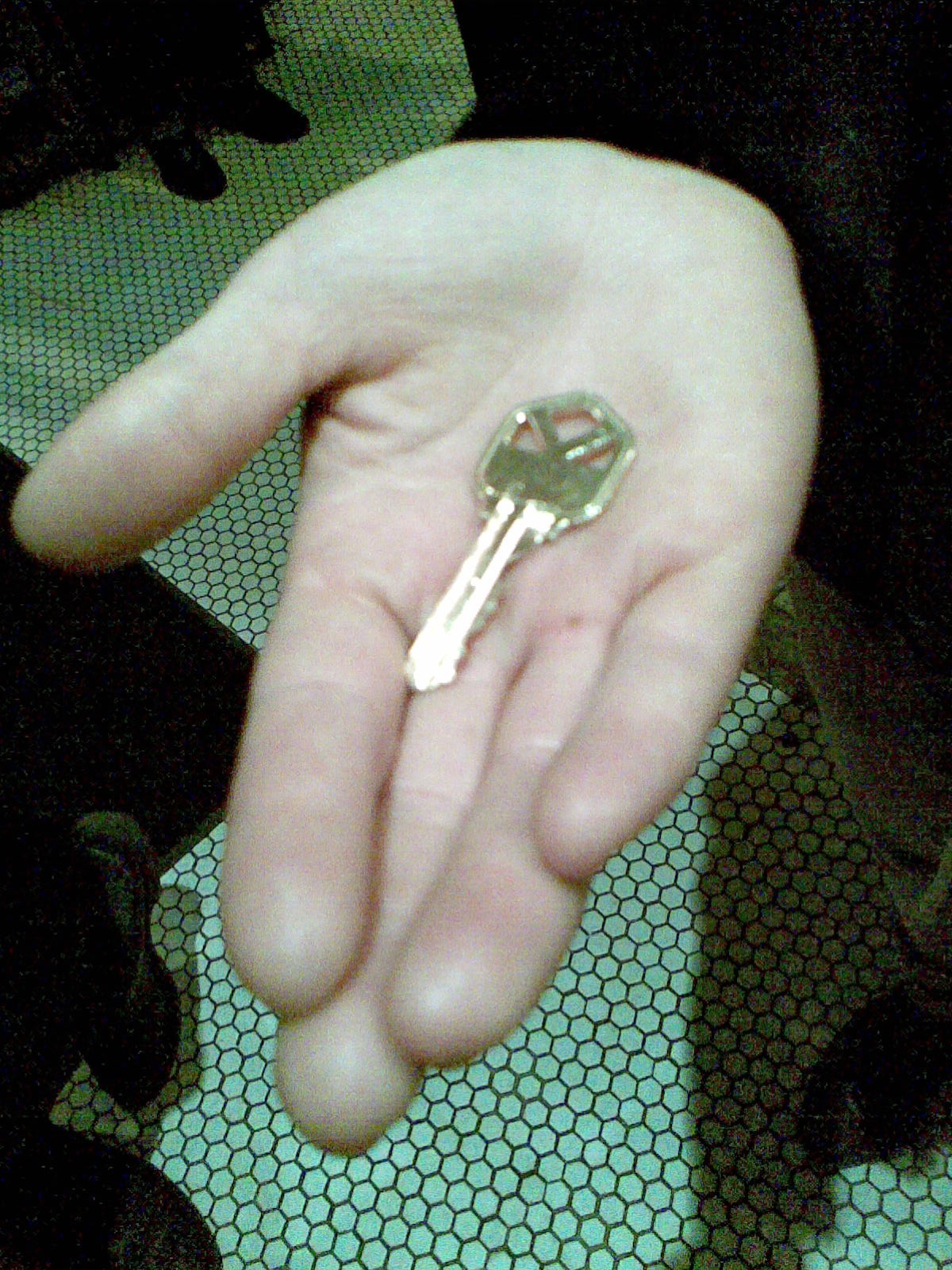“Working collaboratively is the essential practice of social change and justice”
An Interview with artist Emma Hedditch by Rosa Reitsamer and Elke Zobl
Emma Hedditch (born 1972, UK) is an artist and writer based in New York. Her work focuses on daily practice, materiality, and distribution of knowledge as political action. She often works collaboratively with other artists and groups, for example The Copenhagen Free University (2001–2008) and Cinenova, a feminist film and video distributor (1999–present). Heavily influenced by politicized conceptual art practices and feminist politics, her work has taken on flexible forms as performances, collectively produced films, fanzines, as well as workshops, screenings, and events. Emma Hedditch was artist in residence for performance at the Munich Art Academy in 2013. We interviewed her in November 2013 after her talk as guest speaker at the symposium “Artistic interventions in the context of feminist and migrant self-organisation and collective practices” at the Schwerpunkt Wissenschaft und Kunst, University of Salzburg in cooperation with Mozarteum University.
Emma, a lot of your artistic work reveals a connection to political, feminist, and anti-racist activism. Can you please describe your artistic practice and provide us with a few examples? We are especially interested in how you link political activism with your work as an artist.
One first, short collaboration that I want to speak about was with U.S.-based artists Ginger Brooks Takahashi and Ilya Lipkin in New York in 2009. Ilya was asked to participate in a project that Ilya’s friend Eric Angles — also an Artist — was part of. They were given access to a storefront in Soho by a young property developer and they wanted to use it for exhibitions before the building was sold. Ilya invited me, and I invited Ginger. We were told we could work with the space for three days. This invitation set parameters for us to consider a certain space. We were curious about what kind of overlap of interests and relations generates access to such a space and asked what we should do with the invitation, and how each of us wanted to use it. I proposed that I would not enter the space but spend time on the streets around and outside of it. Ginger asked for the key and proposed to simply open the door and leave it ajar for three days. Ilya gave up the key to the space and Ginger took it. Spending time on the street forced me to engage with the area around the space and notice what else was there. I also asked the organizers to come outside. Ginger’s proposal challenged the idea of the value of the space by leaving it unsecured. These processes also brought up the issue of collaboration, and how the invitation brings you into a certain contract, whether formal or informal. Ilya had a greater sense of obligation than Ginger or I because he felt a closer relationship to the space. Ginger also wanted to throw a cinder block through the window, but decided not to. At some point we noticed that the aesthetics of our refusals and resistance showed a critique of the notions of capital and property, but through a specific formal approach; this is our artistic work.
I bring up this project as it has a very simple form, and for me quite clearly shows many of the complex negotiations that take time to work through in artistic and political work. We had to negotiate our different relations to the space and to each other, and this raised a lot of questions about what we each felt we can do, or would do on a performative level; and also on a symbolic level, the way we produced images, such as the idea of the key being passed from one hand to another, or waiting on the corner of the street, at a junction between different sites, the space we were working with and the New Museum, which was just around the corner. There was the open door, or the broken window, between inside and outside. We dealt with the symbolic, in relation to the context and how we see each other and the time frame of the project, which was a time to step in and out of. In this instance we wanted to make a strong statement about how we felt about expensive real-estate, and the way this owner/developer was bringing the history of self-organization, or the idea of an empty property, into the logic of neo-liberalism and how we are implicated within it, by being recognized as potential participants who would accept the invitation and act accordingly.
Emma Hedditch, Elke Zobl, Rosa Reitsamer ( 2014): “Working collaboratively is the essential practice of social change and justice”. An Interview with artist Emma Hedditch by Rosa Reitsamer and Elke Zobl. In: p/art/icipate – Kultur aktiv gestalten # 04 , https://www.p-art-icipate.net/working-collaboratively-is-the-essential-practice-of-social-change-and-justice/




 Artikel drucken
Artikel drucken